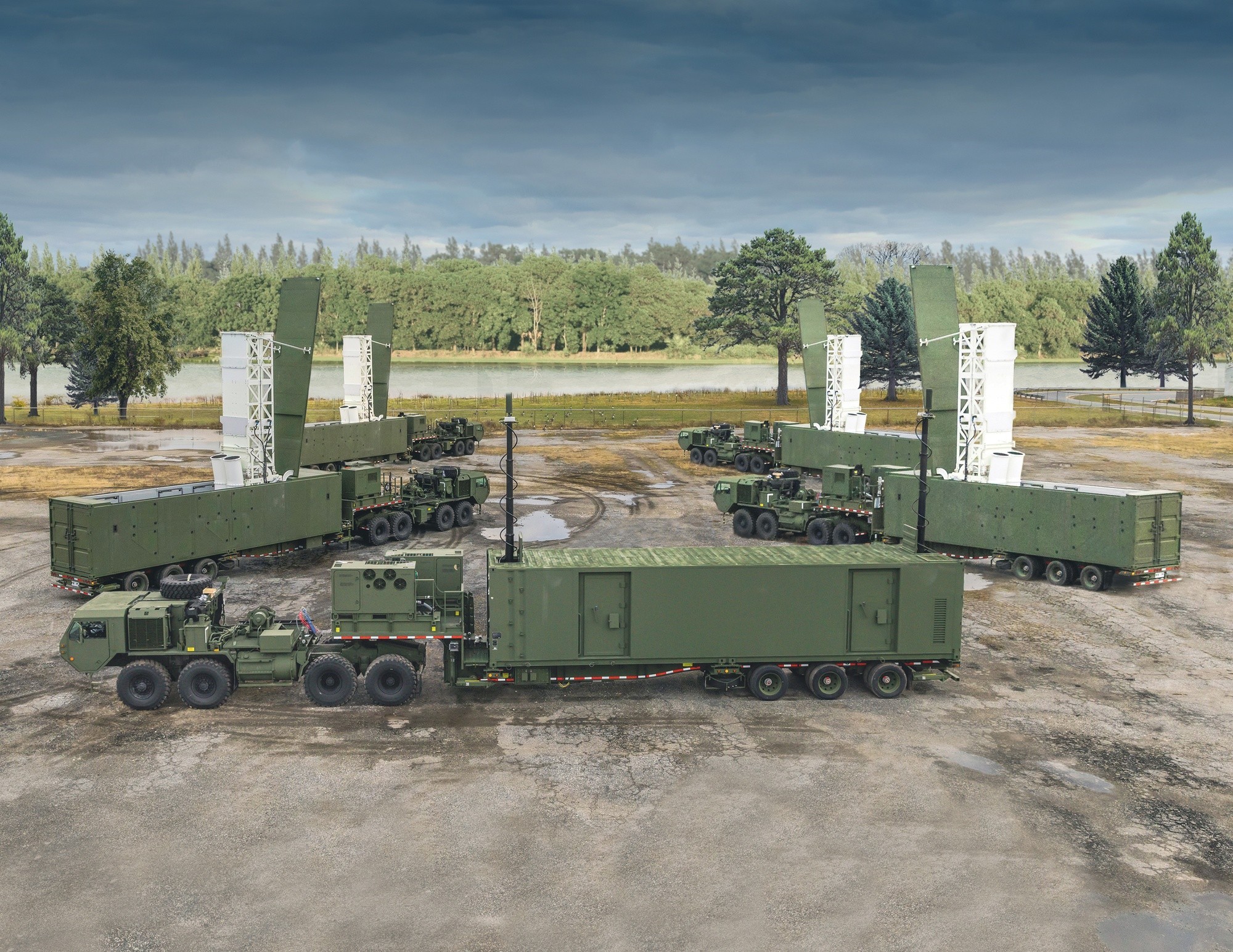
Following the release of the Australia’s Surface Fleet Review, a big problem remains: the Australian Defence Force lacks sufficient maritime firepower to credibly implement deterrence-by-denial in the next 10 years.
Building ships and submarines is complex, eye-wateringly expensive and slow. Fielding ground-based strike systems and asymmetric naval capabilities can be much faster and cheaper.
While new frigates are under construction, and before the first Virginia-class nuclear-powered submarine arrives in 2032, what else can be done? How could the ADF more robustly deny access to Australia’s northern approaches?
Fortunately, there are a few maritime-firepower efforts underway in the army that we could expand and accelerate. Meanwhile, the navy can embrace unpredictable capability ideas generated within its own ranks and industry. Pursuing this would mean applying the force-design guidance from the Defence Strategic Review (DSR): mindsets must change, overcoming ‘the current bias towards platforms.’
So, here are three affordable ways in which the army and navy could counterintuitively field new options in a strategically relevant timeframe.
First, the army should accelerate and expand its existing land-based anti-ship missile plans, which are based on using launcher trucks, such as the HIMARS. They are agile, easily hidden, rapidly deployable by air or sea and can be acquired far more cheaply and quickly than ships.
The plans have been under consideration for some time, although they have been more modest than US Army and Marine Corps efforts and have had lower priority than Australian acquisition of new tanks and infantry fighting vehicles. Equipped with PrSM Increment 2 missiles, for example, the army will be able to strike maritime (and other targets) out to 500km. When combined with counter-space and air defence systems, and matched with new littoral watercraft accelerated for delivery by 2026, the army will be able to field credible area-denial complexes over archipelagic chokepoints in Australia’s northern approaches.
But the army will need more money to do this faster and at larger scale. Responding to the DSR, the government announced a second HIMARS regiment capable of maritime strike would be grown, but it reportedly won’t be ready before 2030. With new or reallocated money and more flexible recruitment, including by harnessing the reserve, the army has the can-do that’s needed to quickly adapt and deliver this option by the end of 2026.
Second, since the navy can’t deploy sufficient mass at sea before the mid-2030s, it should give the army some of its early deliveries of Tomahawk cruise missiles and SM-6s, which are surface-to-air missiles that can be used ballistically against ships and ground targets. The army would deploy them on land. Production capacity of the missiles is limited and there’s competing demand from US and Japanese forces, but if Canberra can negotiate sufficient timely stocks, the army could establish a single long-range anti-access battery by the end of 2028.
The army could learn and adapt from the US Army’s nascent Typhon system, which is fielding Tomahawks and SM-6s. The navy could even share some of its people to help set up the team and gain valuable experience for its future deployment of the missiles. Supporting systems already being bought for the navy, such as the Theatre Mission Planning Centre and Tactical Tomahawk Weapon Control System, would enable land-based Tomahawk employment, though the army would eventually need its own multi-domain intelligence and targeting staff.
US rotational presence in Australia can potentially help with training and on-the-job experience as the army executes its current plans for maritime firepower and potentially adds to them with navy missiles. That’s because the US Army’s Multi-Domain Task Forces (MDTF) and the US Marine Corps’ Marine Littoral Regiments are already being built to apply land-based maritime firepower.
Canberra should pursue more long-term rotations of such units. This would also benefit Washington, since the US Army is yet to find a forward home for its third Indo-Pacific MDTF. Offering to accommodate it might also allow Canberra to gain earlier deliveries of Tomahawks and SM-6s, either new or borrowed from US stocks.
Finally, the navy should generate its own asymmetric maritime force. This would offer a family of clandestine capabilities designed to create surprise and unpredictable advantages from the sea, generated from the naval workforce and by leveraging Australia’s defence and civil maritime industry. Many of our allies and major partners have sophisticated naval special-forces capabilities, but we don’t. Naval drones used by Ukraine, commercial-like projection platforms for special forces and World War II auxiliary raiders hint at the potential.
A rejoinder to all of this might be that alternative maritime options are already being pursued. The navy’s Hobart-class air warfare destroyers will shortly be upgraded with Tomahawks and SM-6s. That’s a great development, but there are only three of these ships, each with only 48 vertical launch cells. As the new missiles are added, the ships’ combat systems are also being upgraded to Aegis Baseline 9. This will be a lengthy process which won’t add firepower depth anytime soon, even if the upgrade runs to schedule.
With asymmetric intent, the navy is also introducing sea mines and extra-large underwater drones. But for each of these equipment categories, there’s still an associated military signature in deployment. More novel options cloaked with deception beyond these are still needed.
Delivering faster and cheaper is easier said than done. The proposal argued here would be challenging to put into effect. But with warning time dissipated, we must heed the DSR’s call to dispense with business as usual. The government’s expanded surface fleet plan is commendable, but trends in Australia’s strategic environment won’t stop and wait for the 2030s and 2040s. It’s time to move faster and think differently.

